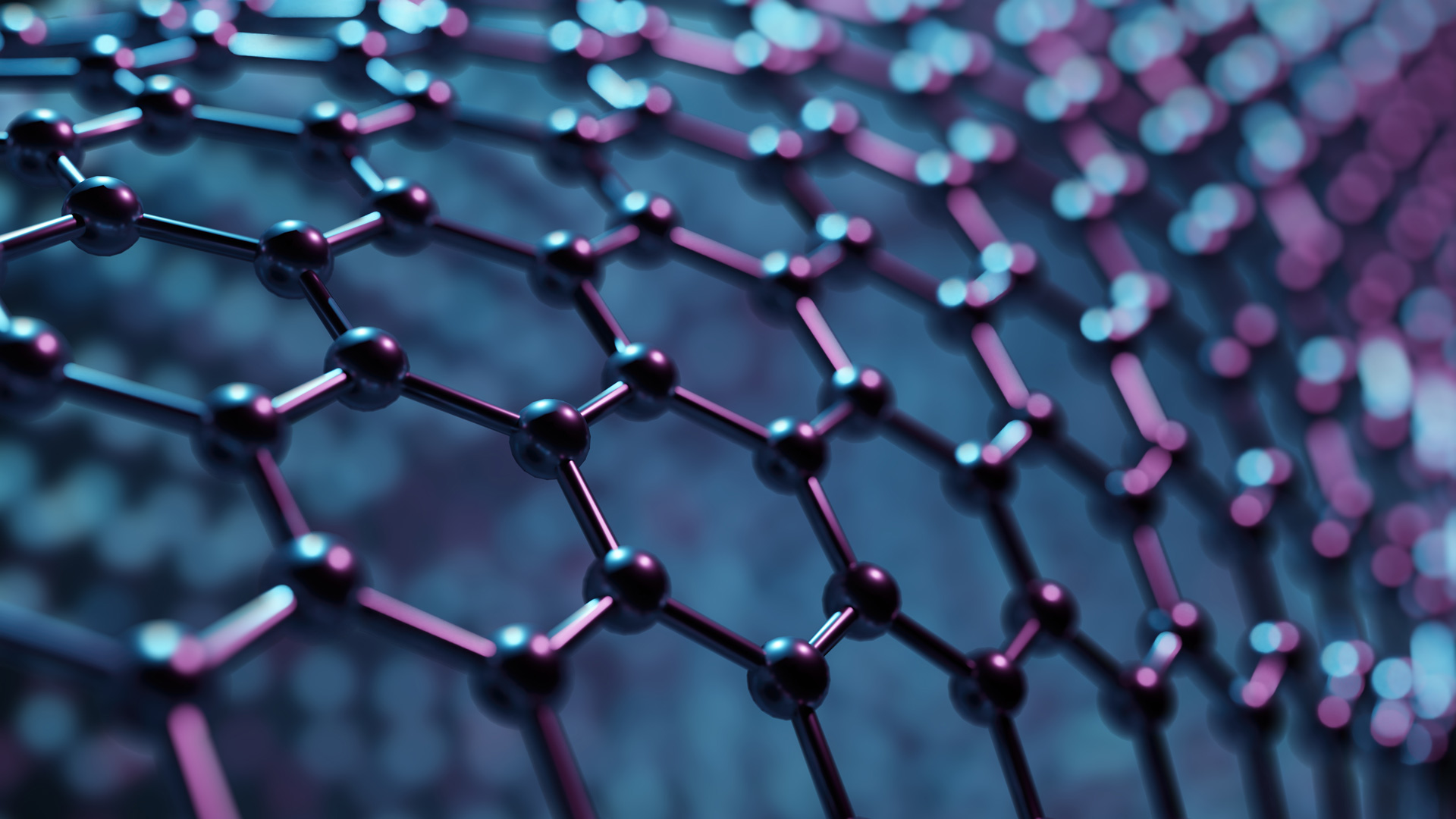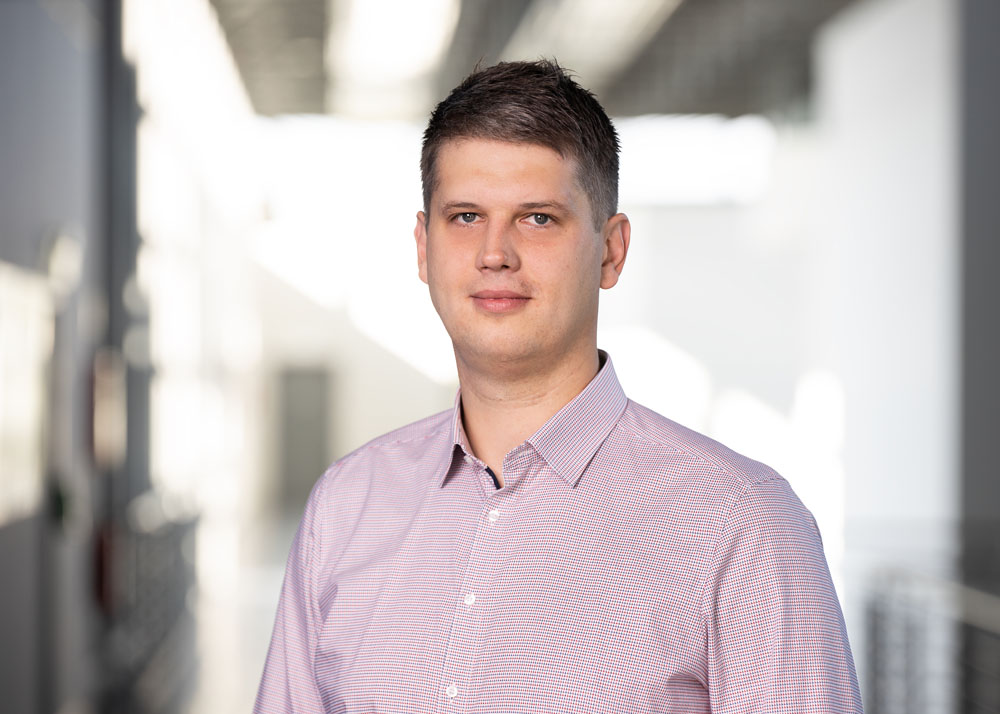The focus of the 2D Materials Research group is devoted to the field of graphene and hBN process and technology development. It deals with fundamental investigations of graphene and hBN as well as the integration of graphene based novel modules into the silicon technology environment.
On one hand, it is of utmost importance to understand and control the morphological, crystallographic, chemical properties and growth mechanisms of 2D materials. On the other hand, the developments of graphene devices are also performed in conditions resembling the Si-based IC production environment as closely as possible. Therefore, we are aiming to bridge the gap between current graphene research and state-of-the-art 200 mm CMOS technologies. Successful collaboration between the Materials Research and Technology departments as well as collaborations with national and European partners are established in order to ensure the outcomes of the 2D Materials R&D.
Main targets
- research and development of 2D Materials under CMOS compatible conditions
- identification and overcoming of the integrative challenges of graphene technology
- design, development and fabrication of graphene based electro-optic modulators
Research topics
- quantum mechanical modelling of the growth mechanisms of graphene and hBN
- simulations and modeling of device performances
- development of 200 mm CVD processes for high quality graphene and hBN
- control and physics of substrate-graphene interfaces
- feasibility study of hBN/graphene/hBN heterostructures
- advanced in-situ and ex-situ structural and electrical characterizations of 2D materials
- employment of new characterization tools and methods for 2D materials analysis
- investigations of graphene EA modulators and graphene-semiconductor diodes
- developments of new approaches for the fabrication of graphene-based devices
- establishment of 200 mm generic processes of graphene in CMOS pilot line
Research results
Script list Publications
D. Capista, R. Lukose, F. Majnoon, M. Lisker, Ch. Wenger, M. Lukosius
Proc. 47th International ICT and Electronics Convention (MIPRO 2024), 1561 (2024)
DOI: 10.1109/MIPRO60963.2024.10569895, (2D-EPL)
(2) SWCNT-Si Photodetector with Voltage-Dependent Active Surface
D. Capista, L. Lozzi, A. Di Bartolomeo, F. Giubileo, N. Martucciello, M. Passacantando
Nano Express 5(1), 015004 (2024)
DOI: 10.1088/2632-959X/ad12d9
New works on Carbon Nanotubes-Silicon MIS heterostructures showed that the presence of thickness inhomogeneities in the insulating layer across the device can be exploited increase its functionalities. In this work, we report the fabrication and the characterization of a device consisting of a Single-Walled Carbon Nanotube (SWCNT) film onto an n-type silicon substrate where the nitride interlayer between the nanotubes and the silicon has been intentionally etched to obtain different thickness. Three different silicon nitride thicknesses allow the formation of three regions, inside the same device, each with different photocurrents and responsivity behaviors. We show that by selecting specific biases, the photoresponse of the regions can be switched on and off. This peculiar behavior allows the device to be used as a photodetector with a voltage dependent active surface. Scanning photo response imaging of the device surface, performed at different biases highlight this behavior.
(3) Advancing Graphene Integration in Si CMOS Technology: Challenges, Solutions, and Modulator Exploration
M. Lukosius, R. Lukose, P.K. Dubey, A.I. Raju, D. Capista, M. Lisker, A. Mai, Ch. Wenger
ECS Meeting Abstracts MA2024-02, 1455 (2024)
DOI: 10.1149/MA2024-02111455mtgabs, (2D-EPL)
(4) Graphene for Photonic Applications
M. Lukosius, R. Lukose, P.K. Dubey, A.I. Raju, M. Lisker, A. Mai, Ch. Wenger
Proc. 47th International ICT and Electronics Convention (MIPRO 2024), 1614 (2024)
DOI: 10.1109/MIPRO60963.2024.10569652, (2D-EPL)
(5) P-Type Schottky Contacts for Graphene Adjustable-Barriers Phototransistors
C. Strobel, C.A. Chavarin, M. Knaut, M. Albert, A. Heinzig, L. Gummadi, Ch. Wenger, T. Mikolajick
Nanomaterials 14(13), 1140 (2024)
DOI: 10.3390/nano14131140, (Graphen)
The graphene adjustable-barriers phototransistor is an attractive novel device for potential high speed and high responsivity dual-band photodetection. In this device graphene is embedded between the semiconductors silicon and germanium. Both n-type and p-type Schottky contacts between graphene and the semiconductors are required for this device. While n-type Schottky contacts are widely investigated, reports about p-type Schottky contacts between graphene and the two involved semiconductors are scarce. In this study, we demonstrate a p-type Schottky contact between graphene and p-germanium. A clear rectification with on-off ratios of close to 103 (± 5V) and a distinct photoresponse at telecommunication wavelengths in the infrared are achieved. Further, p-type silicon is transferred to or deposited on graphene and we also observe rectification and photoresponse in the visible range for some of these p-type Schottky junctions. These results are an important step towards a functional graphene adjustable-barriers phototransistor.
(6) High Gain Graphene Based Hot Electron Transistor with Record High Saturated Output Current Density
C. Strobel, C.A. Chavarin, M. Knaut, S. Völkel, M. Albert, A. Hiess, B. Max, Ch. Wenger, R. Kirchner, T. Mikolajick
Advanced Electronic Materials 10(2), 2300624 (2024)
DOI: 10.1002/aelm.202300624, (FFLEXCOM (D020))
Hot electron transistors (HETs) represent an exciting frontier in semiconductor technology, holding the promise of high-speed and high-frequency electronics. With the exploration of two-dimensional materials such as graphene and new device architectures, HETs are poised to revolutionize the landscape of modern electronics. This study highlights a novel HET structure with a record output current density of 800 A/cm² and a high current gain α, fabricated using a scalable fabrication approach. The HET structure comprises two-dimensional hexagonal boron nitride (hBN) and graphene layers wet transferred to a germanium substrate. The combination of these materials results in exceptional performance, particularly in terms of the highly saturated output current density. The scalable fabrication scheme used to produce the HET opens up opportunities for large-scale manufacturing. This breakthrough in HET technology holds promise for advanced electronic applications, offering high current capabilities in a practical and manufacturable device.




